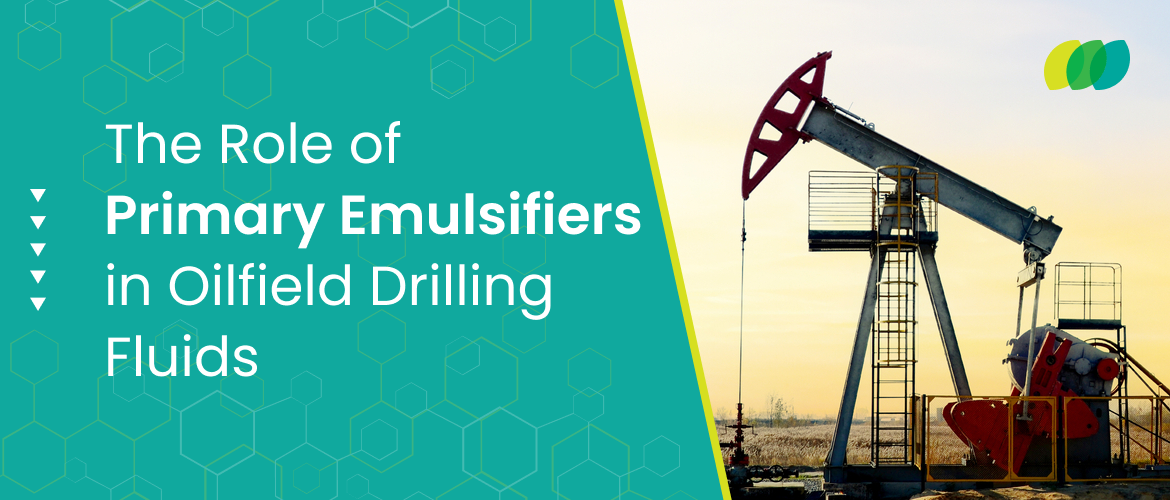In drilling, nothing in the mud stays together by chance. Something has to hold it steady. That job falls on emulsifiers.
They work in silence, and without them, the oil-based or invert emulsion fluids would disintegrate.
Primary emulsifiers are not just “mixers”. They are the ones that hold oil and water together in a stable form. That stability keeps lubrication smooth, the wellbore intact, and drilling performance on track.
What Makes Primary Emulsifier Different from the Rest?
Secondary emulsifiers polish the details. Primary emulsifiers build the base. They are the first to form the emulsion—especially the water-in-oil structure used in invert muds.
They are lined up at the oil-water interface, reducing tension and enwrapping of a protective film on water droplets. That film keeps droplets from merging, even under heat and pressure. In short, the primary emulsifier lays the groundwork for every other mud property.
How Does This Affect Drilling Stability?
It is like racing on a field that continually disintegrates. That is drilling without a balanced emulsion. That’s drilling without a stable emulsion. With a strong primary emulsifier, things change:
- Lubrication improves. Torque and drag on the drill string drop.
- Filtration control gets better. A thin, tight filter cake forms.
- Shale stays firm. Less water seeps into clays, so wells stay stable.
What Happens if the Emulsifier Fails?
When the film breaks down, water droplets merge. Phases separate. The results? Fluid loss rises. Rheology turns unstable. Shale control weakens. In serious cases, even well control can be threatened.
The truth is simple: a good primary emulsifier can make or break an oil-based mud program.
What Chemistry Gives Them Their Strength?
Most primary emulsifiers are made from fatty acid derivatives, amides, or imidazolines. Their special structure makes them two-faced in the best way. One end loves oil. The other loves water. That dual pull lets them sit at the interface and hold both sides together—even in extreme drilling conditions.
Where is This Headed?
The demand is clear. Stronger thermal stability. Safer environmental profile. Molecules tailored to fit specific wells. Bio-based and low-toxicity emulsifiers are gaining ground, especially offshore, where rules are strict.
A stable mud is only part of what the future of emulsifiers holds. It is relevant to maintaining stability in the industry itself as per the compliance.
Closing Thought
Primary emulsifiers are the quiet heroes of drilling fluids. They do more than blend oil and water—they create a solid platform for safe and efficient drilling.
Next time “emulsifier” comes up in a mud meeting, remember this: it is not just another chemical. It is a strategic tool that keeps drilling moving forward.

